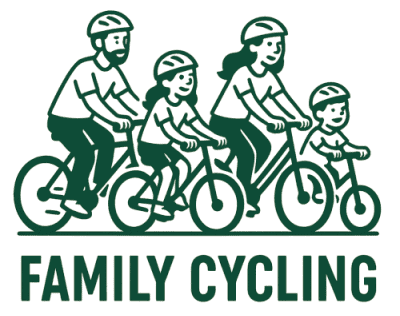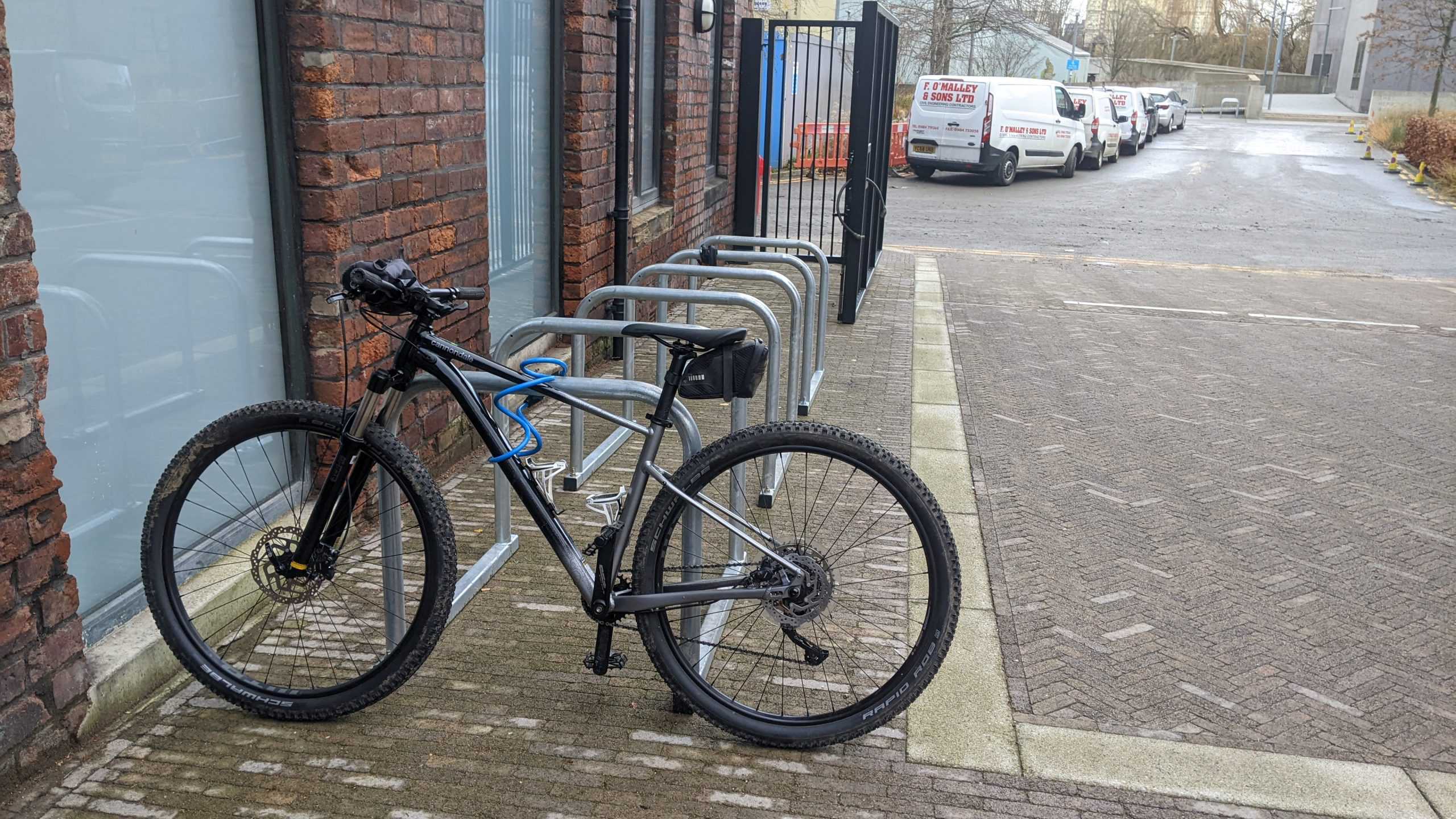I’ve always been a fan of case studies. They are an excellent way for someone to visualise a situation and are incredibly relatable.
We’ve banged the drum about the importance of cycling to school for the children and parents alike. The data shows it benefits your kids hugely and I have two examples of my own children who couldn’t visualise any other way to get to school, whether via bike or on foot. Once the habits are ingrained they are difficult to break.
But what about specific numbers and outcomes, and how can we make YOU want to do the same? Introducing our case study series. These will document real-life & fictional families and the benefits of switching your lifestyle to one which is more active. These will look at the financial, social and health benefits of doing so. Not only that but the time angle where if you provide your kids with the tools for independence early, it’s something which will benefit you as adults too in the long run!
Introduction:
In this case study, we follow the Andrews family—parents Sarah (39) and Tom (41), their teenage son James (14), and young daughter Emily (7)—as they commit to swapping short journeys of less than 1.5 miles for cycling. Over 12 months, they’ve observed significant financial savings, improved health, and newfound independence for James. Let’s explore the full impact on their finances, health, and lifestyle.
Baseline Scenario: Short Journeys Switched to Cycling
School runs:
- Emily’s primary school is 1 mile away, requiring Sarah to make a 2-mile round trip twice a day, five days a week and Emily to complete 2 miles of cycling per day (10 miles per week).
- James’s secondary school is 1.2 miles away, and he begins cycling to and from independently.
Errands:
- Sarah and Tom previously made 5 trips of 1.5 miles each (3 miles round trip) per week by car for grocery shopping, postal runs, haircuts or other local errands.
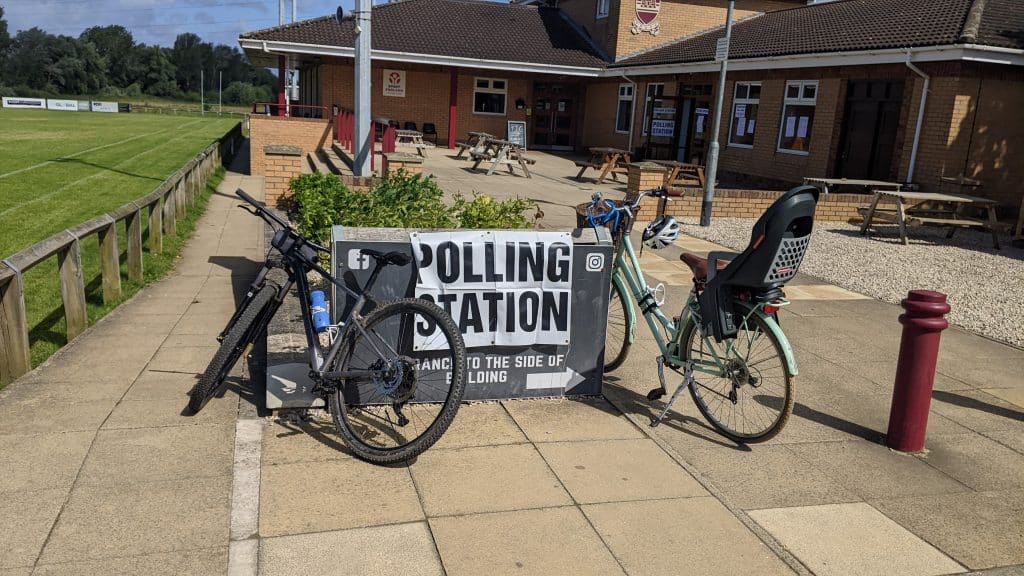

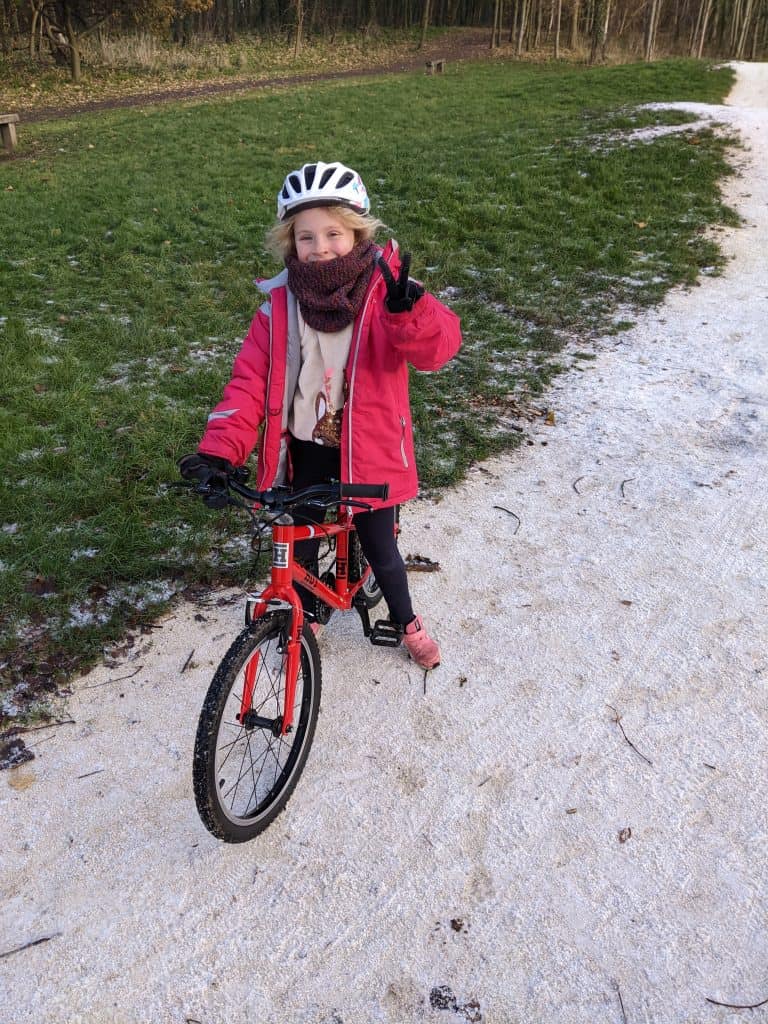
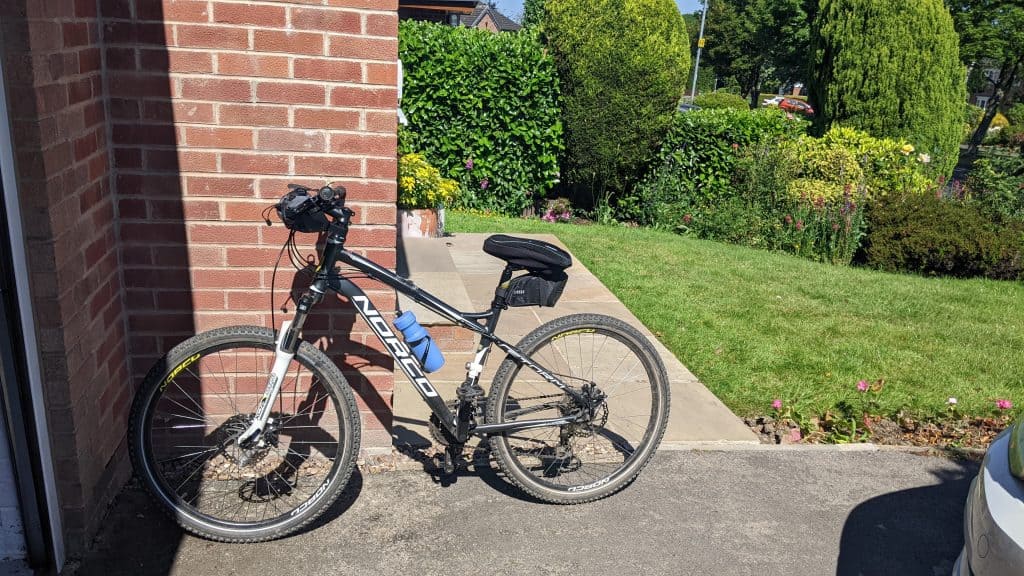
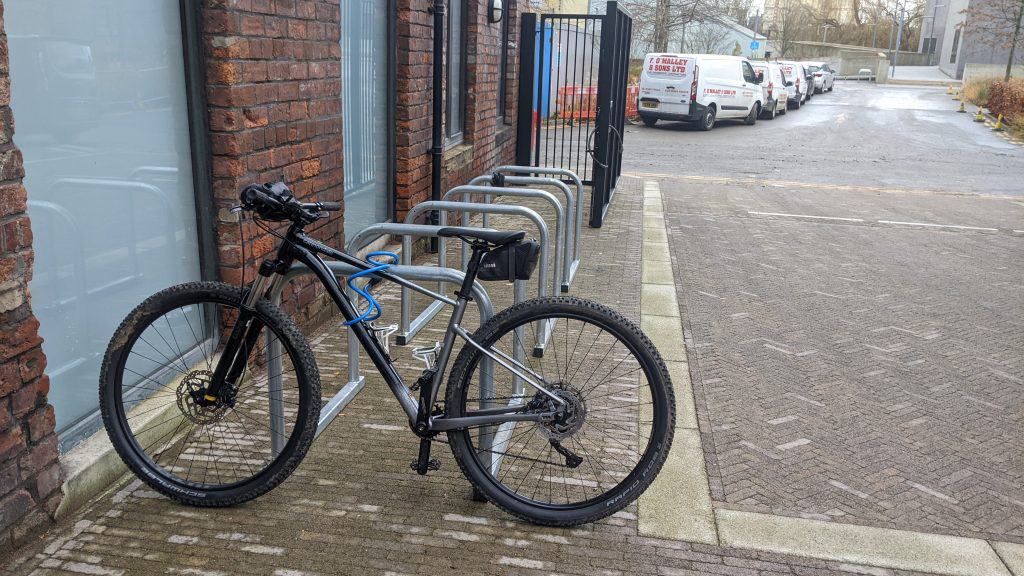
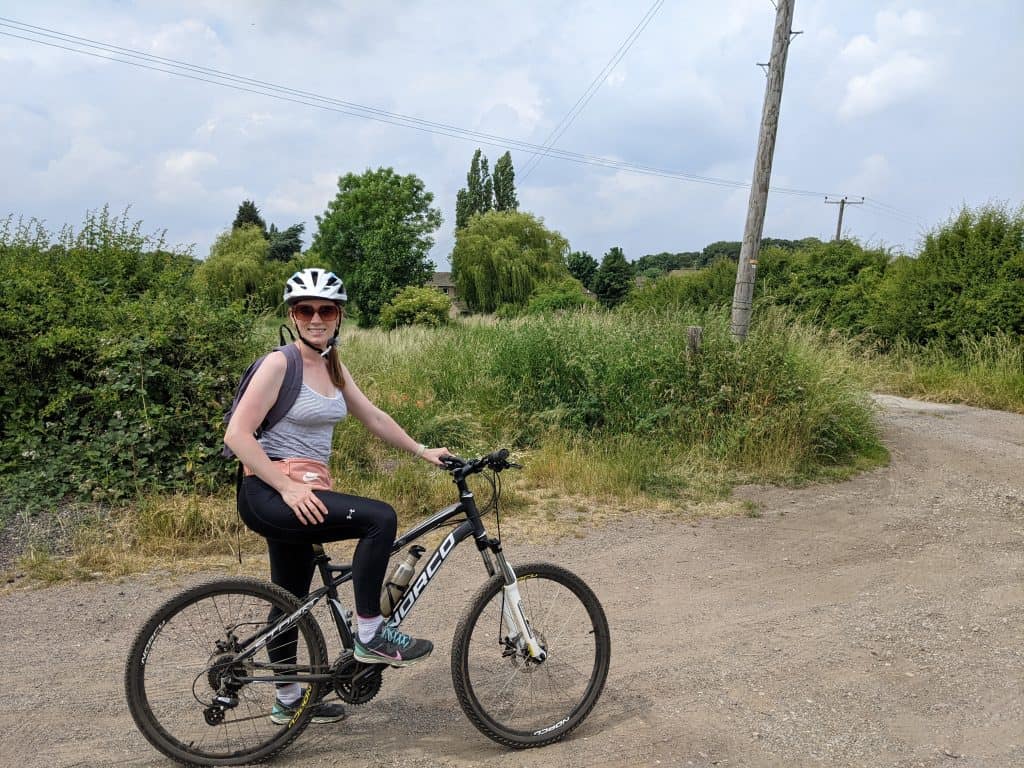
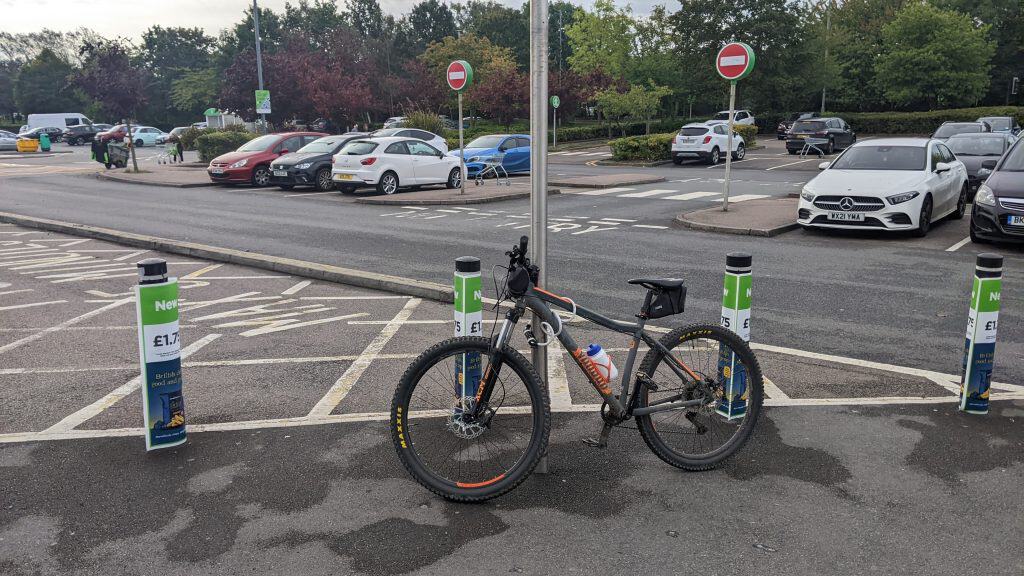
Financial Impact
Cost of Driving Short Distances
The average car costs approximately 30 pence per mile when accounting for fuel, wear and tear, and depreciation. Here’s the breakdown:
- Emily’s school run:
4 miles/day × 5 days/week × 40 school weeks = 800 miles annually
Cost: £240/year - James’s school commute:
Previously, Sarah drove James 2.4 miles/day × 5 days/week × 40 weeks = 480 miles annually
Cost: £144/year - Errands:
- 15 miles/week × 52 weeks = 780 miles annually
- Cost: £234/year
Total Cost of Driving
By switching to cycling, the Andrews family saves £618 annually. Additionally, they avoid potential parking fees, congestion charges, and increasing petrol prices (inflation-adjusted), freeing up even more of their budget.
Time Savings and Comparison with a Car-Dependent Family
James cycling to secondary school independently has resulted in a significant time saving for the Andrews family. Previously, Sarah and Tom spent time driving him to and from school, amounting to roughly 40 minutes per day. Over a school year (190 days), this equates to 126 hours saved annually. Additionally, Emily’s school run, which Sarah accompanies her by bike, saves further time compared to a car-dependent routine, particularly avoiding traffic and parking delays.
Once Emily reaches secondary school and follows James’ example, this time saving will double given they are now both independently commuting to school.
Despite the proven benefits, many children in the UK are still driven to school daily. According to national statistics, around 45% of primary school children and 23% of secondary school children are driven to school, contributing to congestion and reducing opportunities for daily physical activity.
Shifting even a portion of these commutes to cycling or walking could have profound benefits for families and communities alike.
Table Comparison
To highlight the benefits of cycling, let’s compare the Andrews family to another typical family of four, the Johnsons, who rely solely on their car for school commutes and errands.
| Category | Andrews Family (Cycling) | Johnsons Family (Car-Dependent) |
|---|---|---|
| Annual Transport Cost | £0 on fuel for school runs and errands, saving £618 | £618+ on fuel, maintenance, and parking |
| Time Savings | 126 hours saved due to James’s independence of cycling to secondary school. | Continues to spend hours in school drop-offs and pick-ups |
| Calories Burned | ~58,000 calories per year | Minimal daily physical activity via active travel |
| Health Benefits | Increased cardiovascular health, reduced health risks | Sedentary lifestyle increases the risk of obesity and heart disease |
| Environmental Impact | 0.42 metric tons CO2 saved per year | Contributes to congestion and pollution |
| Long-Term Benefit | Instills active habits in children early | Children may not develop independent commuting habits |
This comparison highlights how a shift in daily commuting habits can lead to significant long-term benefits in health, finances, and environmental impact.
Note: This is for illustration purposes only. Numbers may vary hugely but the main takeaway is the active habits and time saving by giving your children independence into their teenage years.
Health Benefits
Cycling offers a simple way to incorporate regular exercise into daily routines, improving cardiovascular health, increasing energy levels, and supporting mental well-being. Here’s how much energy each family member expends through cycling:
Calories Burned Through Cycling
- Emily (7):
- School run: 2 miles/day × 5 days/week × 40 weeks = 400 miles/year
- Calories burned: ~25 calories/mile × 400 = 10,000 calories/year (17.2%)
Cycling helps Emily build stamina and enjoy active time outdoors, creating habits that will benefit her long-term health. Furthermore, this has an impact on other areas of her life as she becomes interested in Sports more broadly.
- James (14):
- School commute: 2.4 miles/day × 5 days/week × 40 weeks = 480 miles/year
- Calories burned: ~35 calories/mile × 480 = 16,800 calories/year (28.9%)
James benefits from enhanced endurance, which supports his overall fitness and extracurricular activities, like football.
- Sarah (39) & Tom (41):
- Errands: 780 miles/year × 2 (sharing duties) = 390 miles each
- Calories burned: ~40 calories/mile × 390 = 15,600 calories/year each (53.9%)
For Sarah and Tom, cycling contributes to improved cardiovascular fitness, reduced stress levels, and a more active lifestyle. Cycling has become a hobby of sorts and reminds them of their youth. Happiness on two wheels!
Conclusion
By switching short journeys to cycling, the Andrews family has transformed their finances, health, and lifestyle. Cycling not only brings tangible benefits like financial savings and better fitness but also intangible ones like a closer family bond, increased independence for children, and a lighter environmental footprint.
The Andrews’ experience shows how small, consistent lifestyle changes can have a profound impact over time. Their story serves as a powerful example for families looking to embrace a more active and sustainable way of life and how instilling habits early in their childhood journey can have long-lasting positive outcomes for their lives.
It also is an enabler of freedom and autonomy for the parents also; a win-win scenario for all involved.
Last Updated on February 4, 2025 by Ryan
Hello. I am Ryan and along with my wife Beth and our two children Matilda and Barney, we love all things cycling and exploring. We spend our weekends exploring fun places to cycle and discover and wanted to help other people do the same too. There’s no better way to travel than via bike and it’s an amazing activity for the whole family to enjoy.
